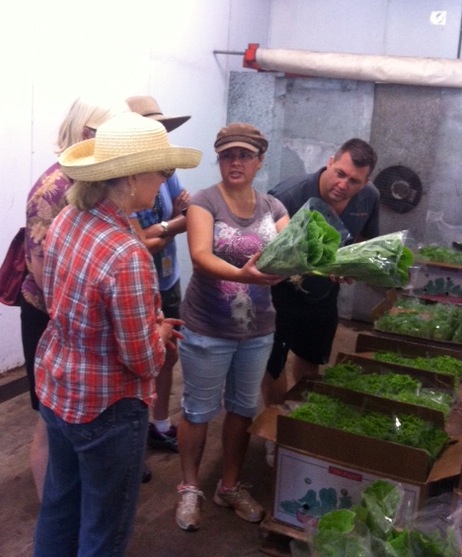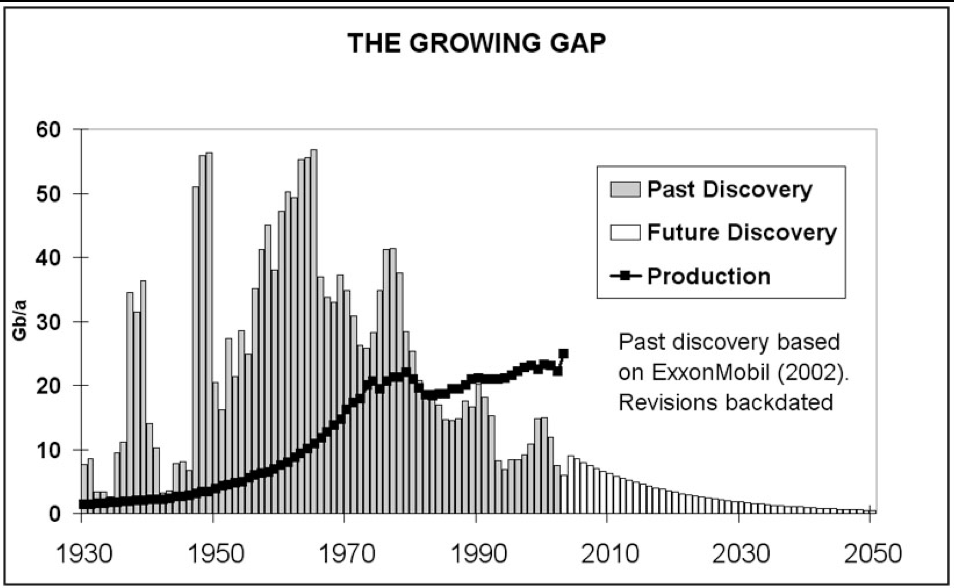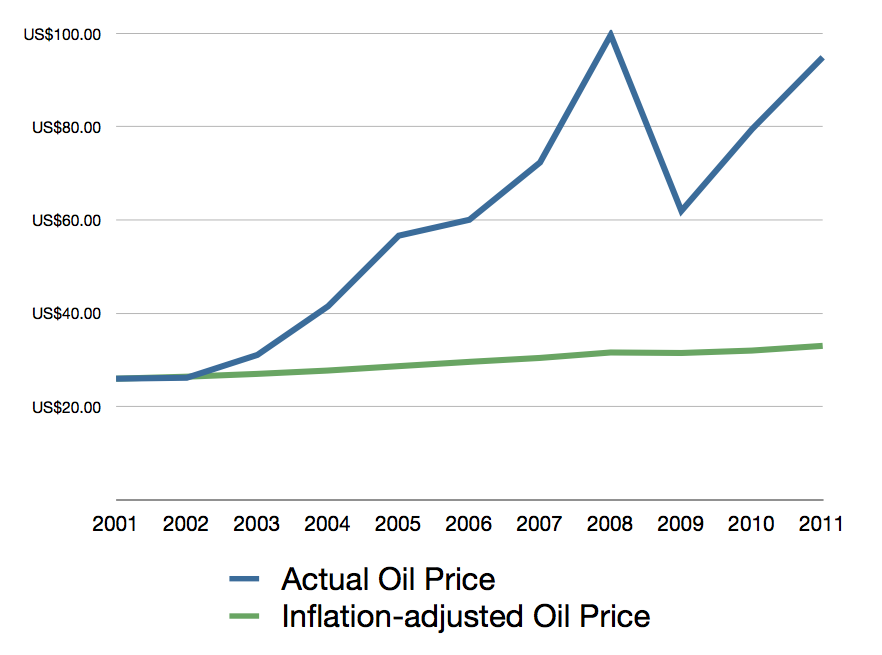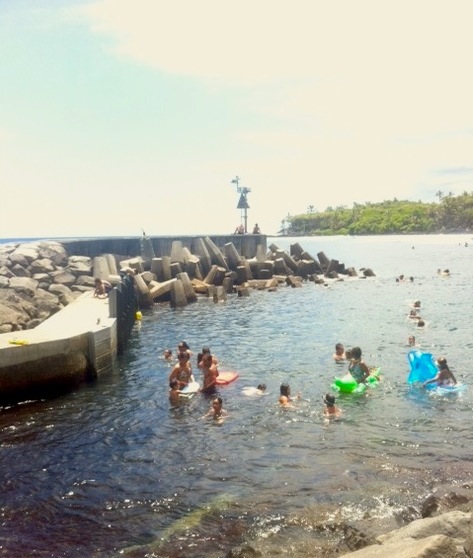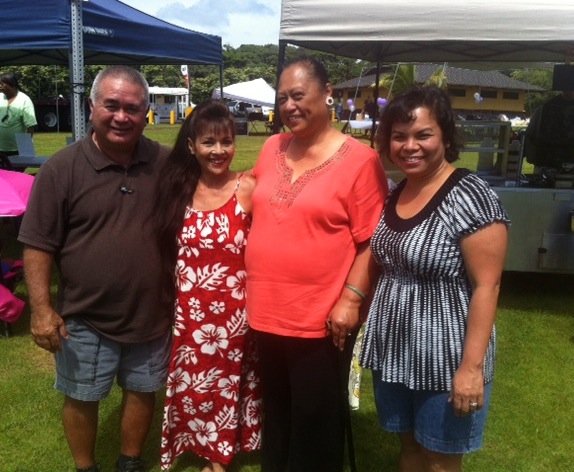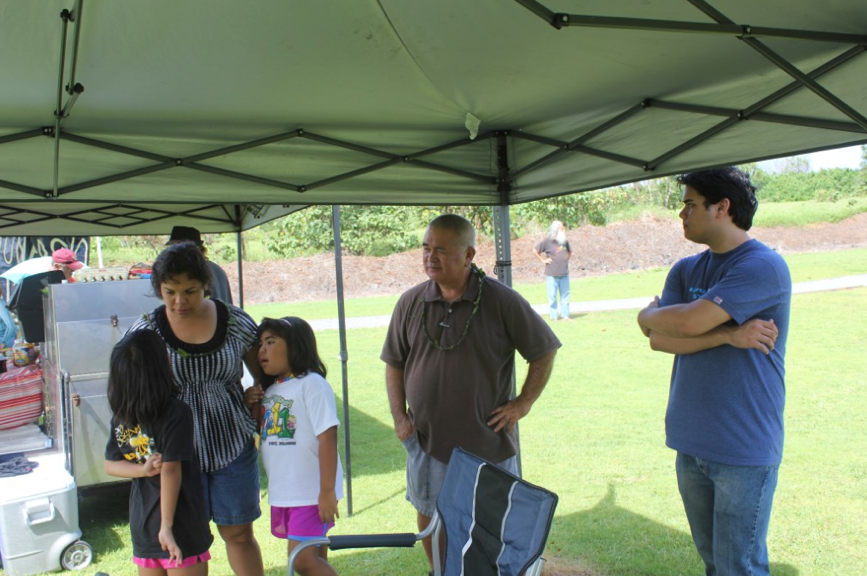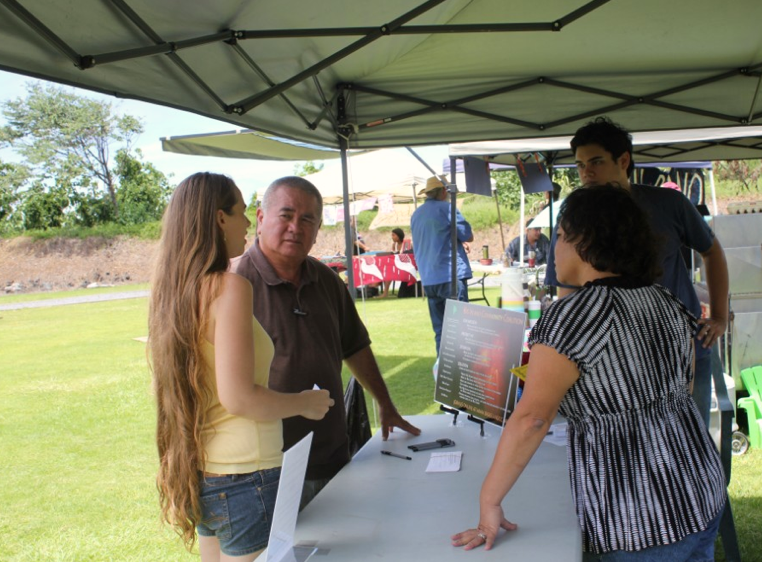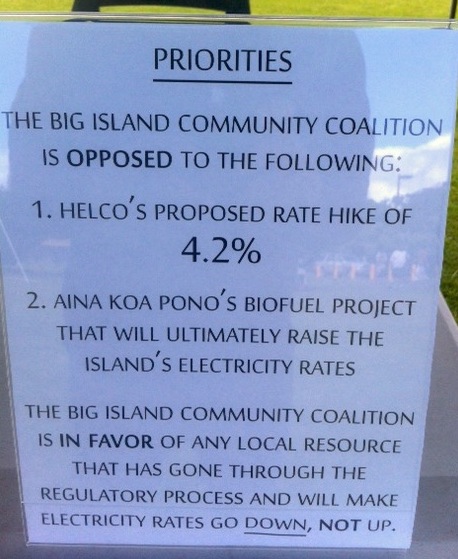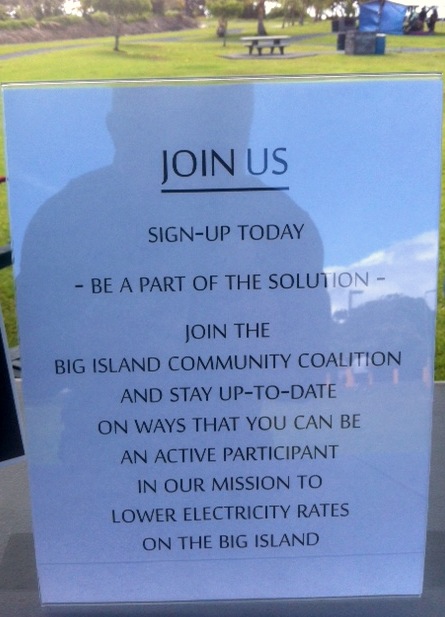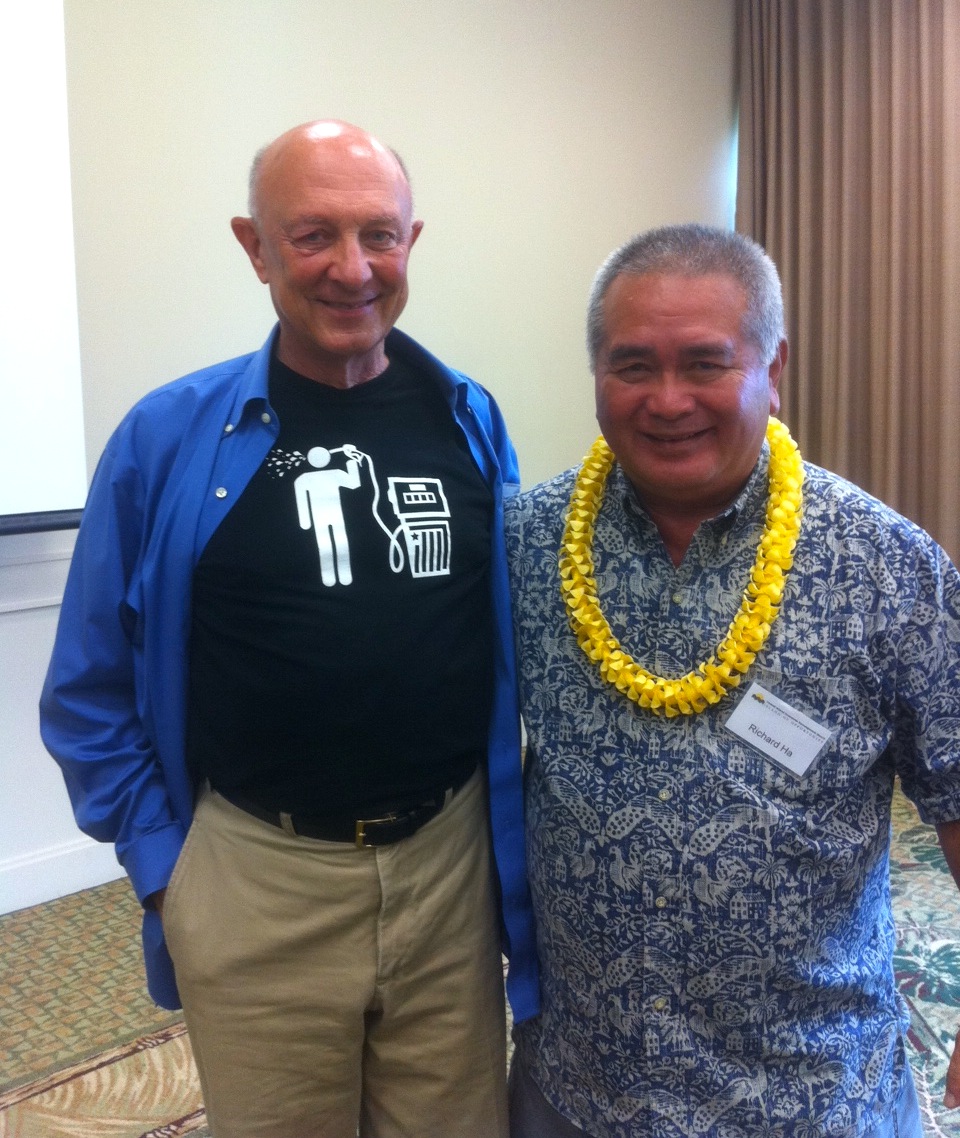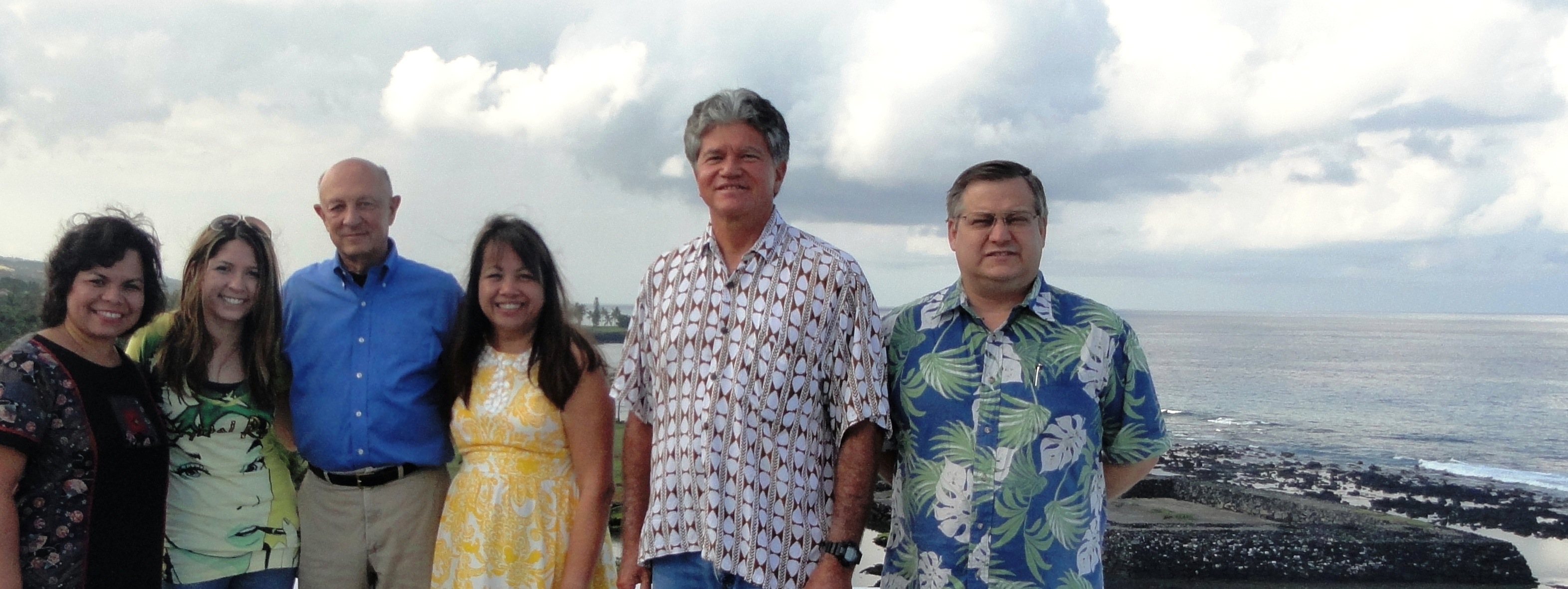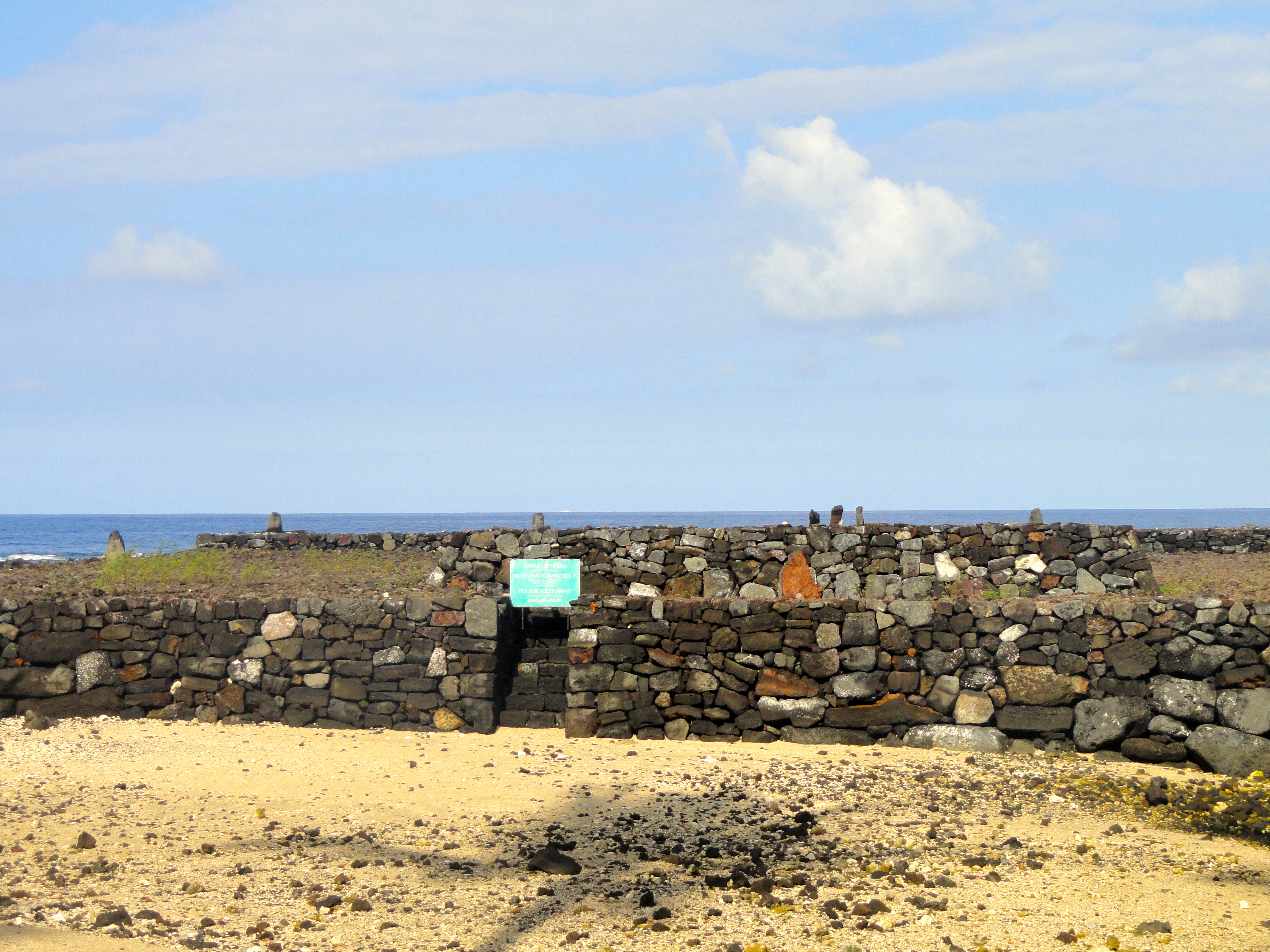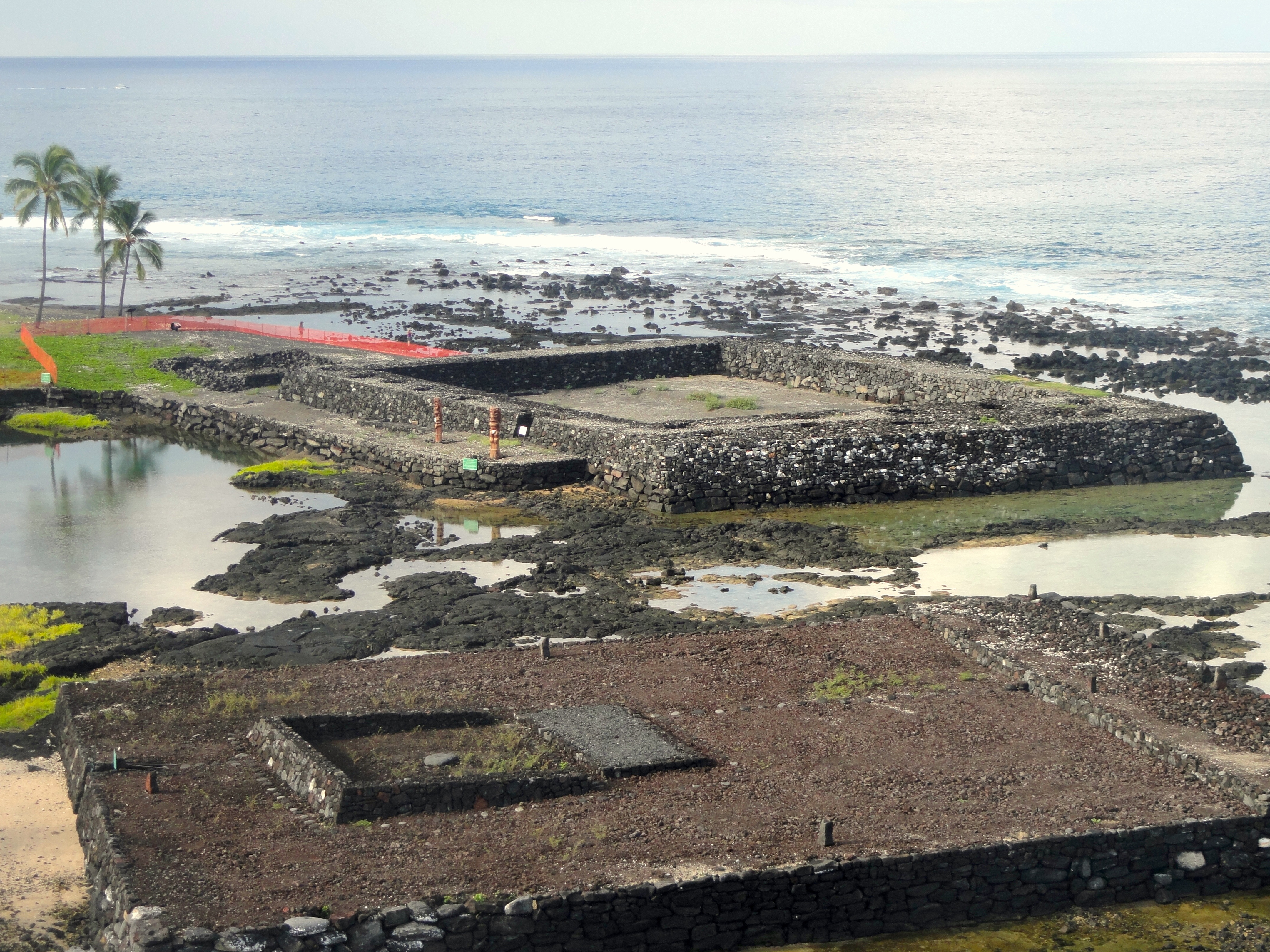Richard Ha writes:
This Op-Ed piece just ran at Civil Beat, the Honolulu Star-Advertiser, the Hawaii Tribune-Herald and West Hawaii Today.
HELCO & YOUR BILL: WHAT’S WRONG WITH THIS PICTURE?
By Noelani Kalipi
Hawaii Electric Light Co. is applying to raise Big Island electricity rates by 4.2 percent — shortly after its parent company announced impressive profits that were 70 percent higher than last year.
What’s wrong with this picture?
We — John E.K. Dill, Rockne Freitas, Richard Ha, Wallace Ishibashi, Ku‘ulei Kealoha Cooper, Noelani Kalipi, Ka‘iu Kimura, Robert Lindsey, H.M. “Monty” Richards, Marcia Sakai, Bill Walter — invite you to join our newly formed group, the Big Island Community Coalition. Our mission is “to work together as an island community for the greater good of Hawai‘i Island and its people.”
Our first priority: To make Big Island electricity rates the lowest in the state by emphasizing the use of our ample local resources.
The proposed HELCO rate increase, coming at a time of record profits, does not sit right with us.
We understand the regulatory system, which is rate-based. Our concern is that we continue to see requests for rate increases at the same time that we read about record profits for the utility.
While we understand the fiduciary duty to maximize profits for the shareholders, we believe the utility’s responsibility to the rate payer is just as important. As part of good corporate business, it should benefit both by investing its profits into a sustainable grid.
The Big Island is one of the few places on the planet where we have robust, renewable energy resources that can be harnessed effectively to provide firm, reliable, low cost electricity for our residents.
One example is geothermal, which costs about half the price of oil. We also have solar, wind and hydroelectric. We have resources right here that can both lower our electricity costs and get us off of imported oils.
Lower rates would mean that when the grid needs repairs, or the cost of oil goes up again, it will not be such a punch-in-the-gut to our electric bills.
If HELCO is allowed to raise its rates by the requested 4.2 percent, plus raise rates again via the Aina Koa Pono project, and then the oil price goes up, that would be a triple whammy price hike on your electric bill.
Big Island Mayor Billy Kenoi has sent a strong message that the county will not support new renewable energy projects — such as Aina Koa Pono, which would add surcharges to every electric customer’s bill — unless they result in cheaper energy. “Unless it has lower rates, we will not support it,” he said recently.
UH-Hilo just had a $5.5 million electric bill — almost $500,000 more than last year — and HELCO’s proposed 4.2 percent rate increase would add another $230,000 to their bill. The same thing is happening at hospitals, hotels and businesses. Farmers’ expenses are going way up, which threatens our food security. Electricity rate increases ripple through every part of our economy. They are already rippling.
People are already struggling with their monthly HELCO bill. Some are having their lights turned off.
As rates continue to increase, more people will leave the grid and fewer will remain to pay for the infrastructure, meaning that those households and businesses that remain (because they cannot afford to get off the grid) will pay even more.
You may think the electric utility is a big powerful entity that you cannot affect, but you can. Pay attention! Show up! Write a letter! Do something! If you leave your name and contact information at www.bigislandcommunitycoalition.com, we will send an occasional email to keep you informed of what’s happening, and how you can help.
‘Nuff already!!
Let’s be clear. This is not about how green the energy is. This is about how much the energy costs. This is not about saving the world. It’s about saving ourselves first, so we are in good condition to help save the world.
We had hoped that HECO would have a balanced approach to solving the problems. There are books written on how corporations can take care of people and the environment as well as their investment. The term is called “triple bottom line.”
From The Triple Bottom Line: How Today’s Best-Run Companies Are Achieving Economic, Social and Environmental Success – and How You Can Too:
Increasingly, businesses are expected to find ways to be part of the solution to the world’s environmental and social problems. The best companies are finding ways to turn this responsibility into opportunity. We believe that when business and societal interests overlap, everyone wins.
Rising electricity costs are like a regressive tax, where the poor pay a disproportionate amount of their income. Only it’s worse. As the price of oil rises, people who are able to, leave the grid. This leaves a diminishing number of people – those who cannot afford to leave – to pay for the grid.
What’s wrong with this picture?!

